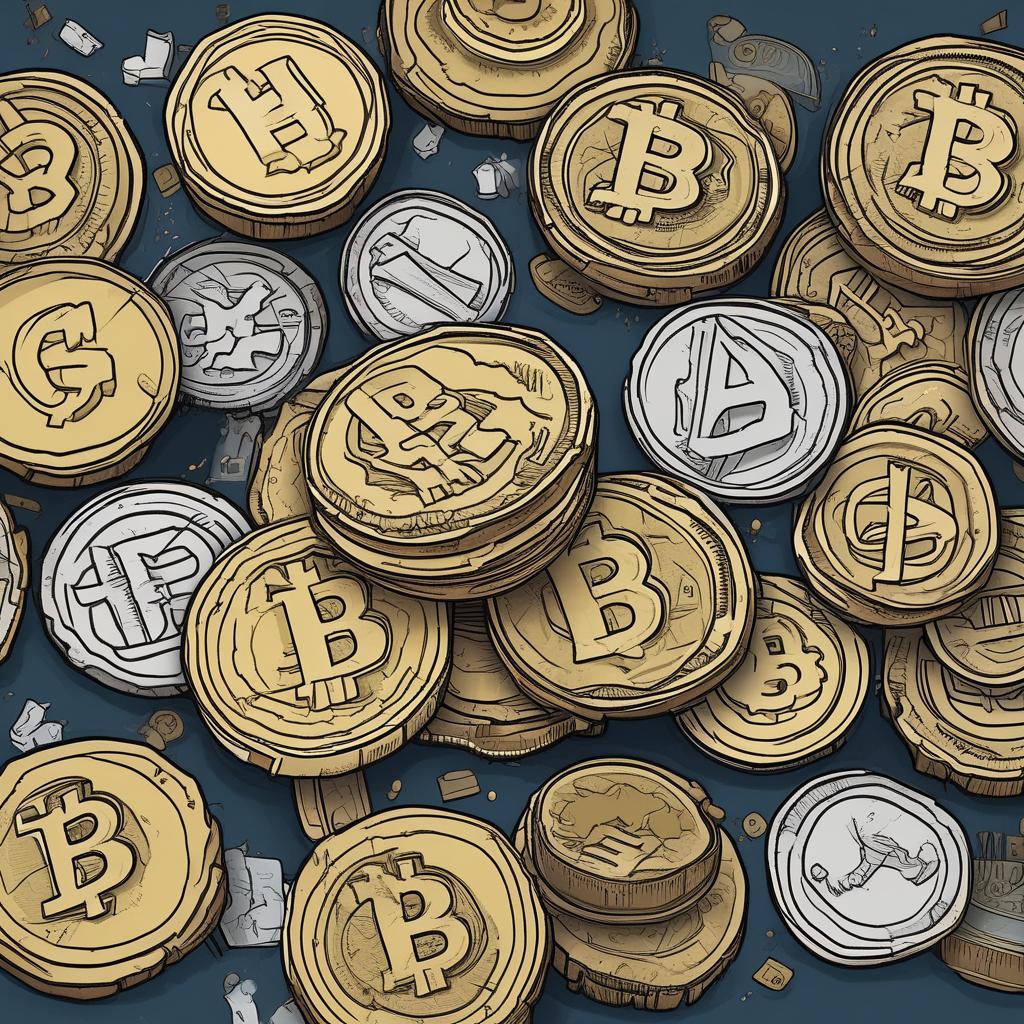Understanding the Impact of Global Economic Events on Crypto Prices
In recent years, cryptocurrencies have evolved from niche technological experiments into significant financial instruments with the power to influence and be influenced by the broader global economy. While initially hailed as decentralized assets immune to traditional market forces, real-world events have proven that global economic conditions play a vital role in shaping crypto market trends. Understanding how global economic events affect cryptocurrency prices is essential for investors, analysts, and enthusiasts alike.
The Relationship Between Global Economic Events and Crypto Prices
Cryptocurrencies, especially major ones like Bitcoin and Ethereum, often exhibit price movements that correlate with macroeconomic indicators and events. While crypto markets are decentralized and operate independently of central banks, they are not isolated from investor sentiment, global capital flows, and systemic economic shifts. As the crypto market matures and institutional participation increases, its sensitivity to global developments has also intensified.
1. Inflation and Monetary Policy
One of the most direct economic influences on cryptocurrency prices is inflation. When inflation rises, the purchasing power of fiat currencies like the US dollar decreases. In such scenarios, investors often seek alternative stores of value to hedge against currency depreciation. Bitcoin, often referred to as “digital gold,” becomes a popular choice during inflationary periods due to its limited supply (capped at 21 million coins).
Monetary policies enacted by central banks also significantly impact crypto prices. For instance, when the Federal Reserve raises interest rates to combat inflation, it can lead to decreased liquidity in the markets. Higher interest rates make borrowing more expensive and savings more attractive, which often results in lower investment in riskier assets—including cryptocurrencies. Conversely, when central banks lower interest rates or initiate quantitative easing, excess liquidity tends to flow into high-risk, high-return assets like crypto.
2. Geopolitical Tensions and Crisis Events
Global political instability and conflict often drive investors toward assets perceived as safer or less susceptible to regional control. In times of geopolitical tension, such as wars or sanctions, there is often a flight to safety. Traditionally, this would mean investing in gold or US Treasury bonds. However, cryptocurrencies are increasingly being considered a viable alternative, particularly in countries facing capital controls or economic sanctions.
For example, during the Russia-Ukraine conflict, there was a noticeable uptick in cryptocurrency adoption and trading volumes in both countries. This was partly due to restrictions on traditional banking systems and the need for cross-border financial transactions outside government control. Similarly, in economically distressed nations like Venezuela and Turkey, citizens have turned to crypto as a hedge against hyperinflation and currency devaluation.
3. Regulatory Developments
Regulation is perhaps one of the most critical global economic factors influencing crypto prices. News about impending regulations, bans, or enforcement actions can create immediate market volatility. For instance, China’s repeated crackdowns on cryptocurrency mining and trading have historically triggered sharp price declines. On the other hand, announcements of crypto-friendly policies or regulatory clarity can drive market optimism and price rallies.
The increasing involvement of government bodies and international financial institutions in creating frameworks for crypto asset regulation highlights how integral the sector has become to the global economy. Investors monitor regulatory news closely, as it often signals either increased legitimacy or potential obstacles to market growth.
4. Global Stock Market Trends
While cryptocurrencies are not directly tied to stock markets, there is growing evidence of correlation, especially during times of high market stress. When global equity markets crash or enter bear territory, crypto assets often follow suit, driven by a broader shift in investor risk appetite. This correlation was particularly evident during the COVID-19 pandemic’s early stages when both stock and crypto markets experienced significant downturns in March 2020.
However, this relationship is not always linear. At times, crypto markets decouple from traditional assets and follow independent trajectories, especially during crypto-specific bull runs or technological breakthroughs (such as Ethereum upgrades or the introduction of new blockchain protocols).
5. Technological Innovation and Adoption Trends
While not purely economic, technological innovation within the crypto space often coincides with global interest and investment behavior. Major upgrades to blockchain networks, growing adoption by financial institutions, and the rise of decentralized finance (DeFi) platforms are economic signals of the crypto market’s maturity and viability.
When large corporations or countries embrace blockchain technology or integrate crypto payments (e.g., El Salvador adopting Bitcoin as legal tender), it can spur positive investor sentiment and impact global demand for cryptocurrencies.
6. Currency Strength and Dollar Dominance
The strength of the US dollar often inversely affects crypto prices. When the dollar is strong, it indicates investor confidence in the US economy, which can reduce demand for alternative assets like crypto. A weaker dollar, on the other hand, tends to boost Bitcoin and other digital assets, as investors look for alternatives to traditional fiat currencies.
The global dominance of the dollar means that even crypto markets—though decentralized—often price assets in USD, reinforcing this relationship.
Conclusion
Global economic events have a profound and multifaceted impact on cryptocurrency prices. While the decentralized nature of crypto offers certain advantages, such as resistance to censorship and detachment from national monetary policies, it is not immune to the broader forces that shape global financial markets. Inflation, interest rates, geopolitical instability, regulatory changes, and even investor psychology play a significant role in driving crypto volatility.
As the lines between traditional finance and digital assets continue to blur, understanding the interplay between macroeconomic events and crypto price action becomes crucial. Whether you’re a long-term holder, a day trader, or a curious observer, keeping an eye on global economic trends can provide valuable insights into the future movements of the ever-evolving crypto market.




Post Comment